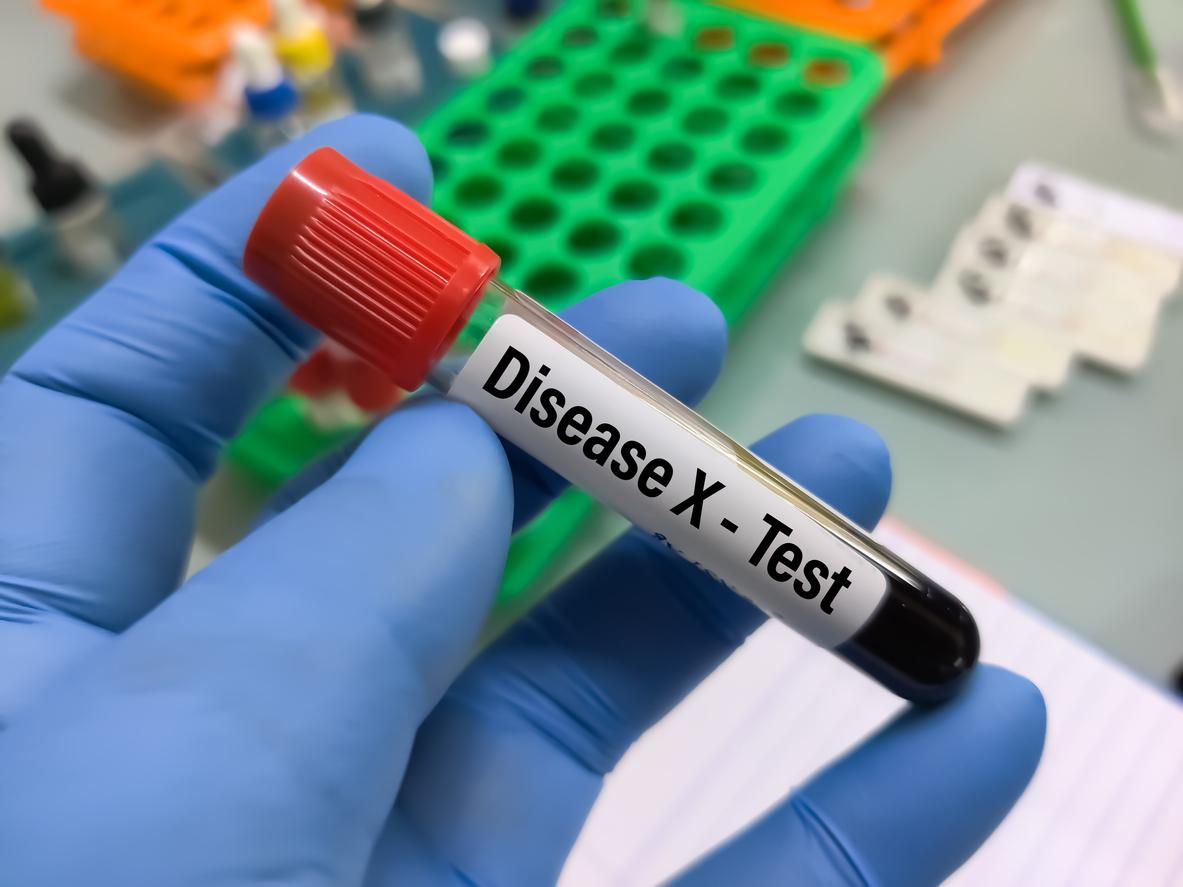Dyslexia is a disorder which usually manifests itself when learning to read, in preparatory class. Children suffer from a bad association between graphemes and phonemes, which can lead to problems during their schooling. But the results of a new study from the Massachusetts Institute of Technology (MIT), could help identify this disorder in children even before they start to learn to read, in order to give them additional help more quickly, says the site Medical Xpress.
The study, conducted by researchers at Children’s Hospital in Boston, USA, and published by the Journal of Neuroscience, found a link between rather poor pre-reading skills in some kindergarten children. and the size of a brain structure which connects two areas of language processing. According to previous work, this structure is smaller and less well organized in adults with poor reading skills. But scientists were unaware that these differences could cause difficulty or result from a lack of reading experience, says Medical Xpress.
The study is part of a large project involving approximately 1,000 children at several schools in Massachusetts and Rhode Island. Toddlers were assessed on their pre-reading skills in the first grade of kindergarten. The researchers then invited around 40 of these children to MIT to have their brains scanned using a technology based on magnetic resonance imaging.
When experts compared images of children’s brains with their pre-reading test scores, they found a correlation between size and organization at a certain structure. This advance could provide significant help to the many dyslexic children whose diagnosis often comes too late.
















